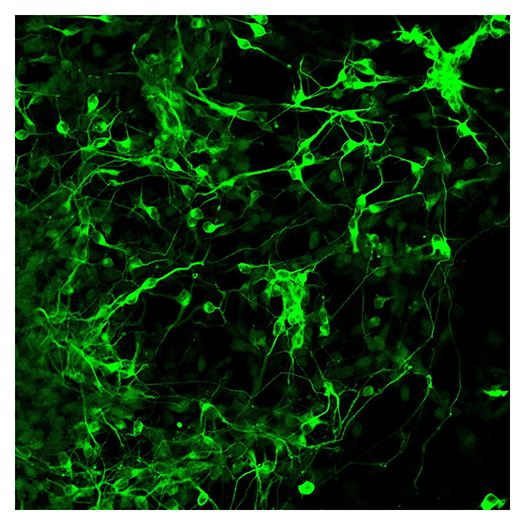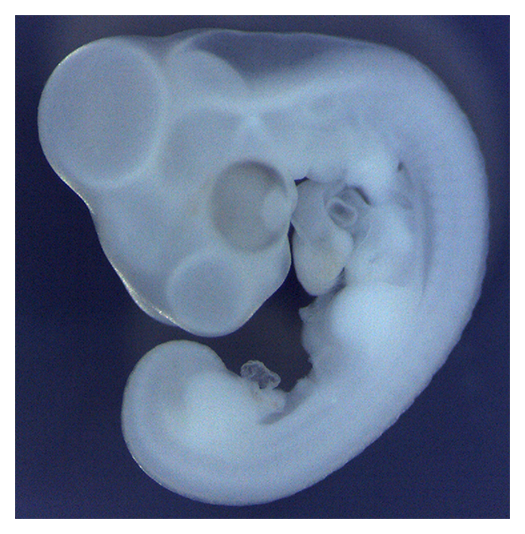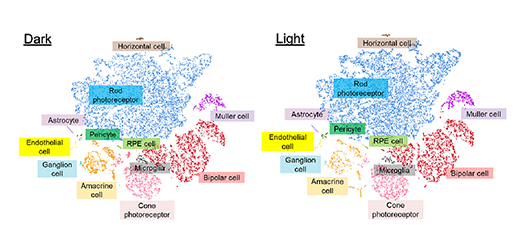Developmental Biomedical Science

- Professor
- SASAI Noriaki

- Assistant Professor
- SHINOZUKA Takuma

- Labs HP
- https://bsw3.naist.jp/sasai/
Outline of Research and Education
The central nervous system is a critical hub for controlling body conditions, and is comprised of a variety types of neurons. Its development undergoes a number of regulatory steps mainly at the embryonic stages. We intend to elucidate the molecular mechanisms leading to this complexity by employing chick and mouse embryos, and ES/iPS cells as experimental systems.
We are also interested in the homeostasis of functional neurons. By using model mice which develop particular inherited retinal diseases, we envisage proposing novel therapeutics for these related dystrophies.
Our research overall aims to be scientifically and technically cross-disciplinary, impacting both basic biology and biomedical sciences.
Major Research Topics
Regulation of Neural Progenitor Differentiation and State Transitions
During embryonic development, progenitor cells differentiate and mature through tightly regulated signaling pathways. We investigate the roles of these signals, gene regulatory networks, and chromatin state transitions in cell proliferation and differentiation.
Balanced Proliferation and Differentiation in Tissue Morphogenesis
Tissue size and cell number are precisely controlled by the balance between cell proliferation and differentiation. We aim to elucidate the genetic programs governing this regulation.
Development of Novel Therapies for Hereditary Retinal Diseases
The nervous system has limited regenerative capacity, making it crucial to preserve its function and survival. Focusing on inherited retinal diseases, we investigate their early onset mechanisms and explore therapeutic strategies to protect and restore retinal function.
References
- Matsumoto et al., Development, Growth and Differentiation, 2025
- Shigesada et al., Cell Mol. Life Sci., 81, 51, 2024
- Sasai et al., Development Growth and Differentiation, 66, 89, 2024
- Ong et al., iScience, 26, 107887, 2023
- Yamamoto et al., Stem Cells, 41, 453, 2023
- Yamamoto#, Ong# et al., Development Growth and Differentiation, 64, 318, 2022
- Katsuyama et al., Developmental Dynamics, 251, 350-361, 2022
- Kobayashi et al., Disease Models and Mechanisms, 144, dmm048962, 2021
- Yatsuzuka et al., Development, 146, dev176784, 2019
- Kadoya and Sasai, Frontiers in Neuroscience, 13, 1022, 2019
- Hori et al., Sci. Rep. 9, 15911, 2019

 NAIST Edge BIO(
NAIST Edge BIO(


